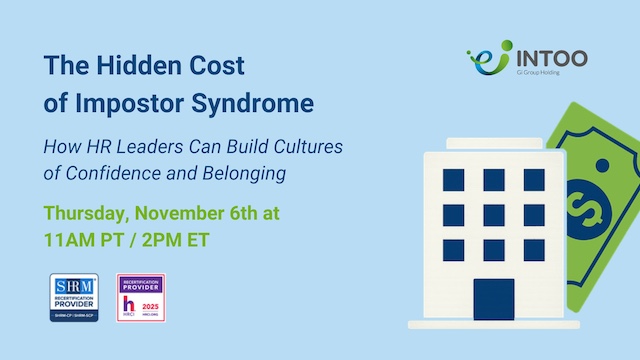What is Co-Employment?
Co-employment is a business arrangement in which two or more organizations share employer responsibilities for the same employee. This is most commonly seen in partnerships between businesses and staffing agencies, professional employer organizations (PEOs), or workforce management firms. In a co-employment relationship, one company (typically the client organization) manages the day-to-day work of the employee, while the other company (such as a PEO) handles administrative functions like payroll, benefits, compliance, and HR support. Although both parties share employer responsibilities, the specific roles and liabilities of each employer are typically defined through a contractual agreement to prevent misunderstandings or legal complications.
Why is Co-Employment Important in the Workplace?
Co-employment offers several benefits to businesses, especially those looking to streamline HR functions, reduce compliance risks, and focus on core operations. By partnering with a PEO or staffing agency, companies can access expertise in labor laws, payroll processing, and employee benefits administration, reducing the burden on internal HR teams. This arrangement also allows businesses to offer competitive benefits packages, which can improve employee satisfaction and retention. However, co-employment requires careful legal oversight to ensure compliance with labor laws and avoid potential liabilities, such as disputes over worker classification or joint-employer responsibilities.
Real-World Examples of Co-Employment
Co-employment is commonly used in industries that rely on temporary or contract workers. For example, a tech startup might partner with a PEO like ADP TotalSource or TriNet to handle payroll and benefits for its growing workforce while focusing on product development. Similarly, a healthcare facility may use a staffing agency to provide temporary nurses, with the agency managing payroll and HR compliance while the hospital oversees daily work responsibilities. Another example is large companies using temporary staffing firms to quickly scale their workforce for seasonal demands. These cases illustrate how co-employment can help businesses operate more efficiently while ensuring employees receive proper support and benefits.




